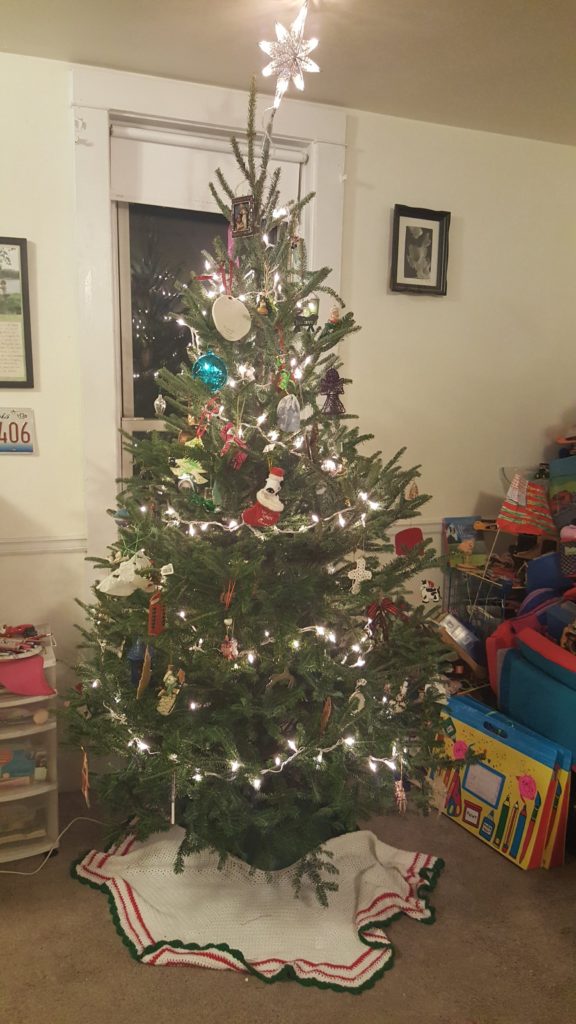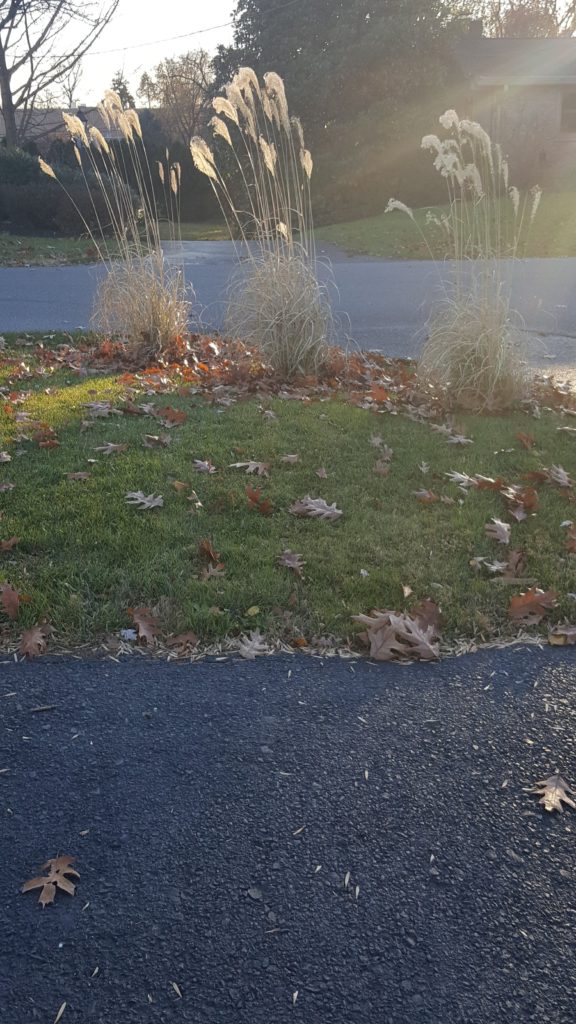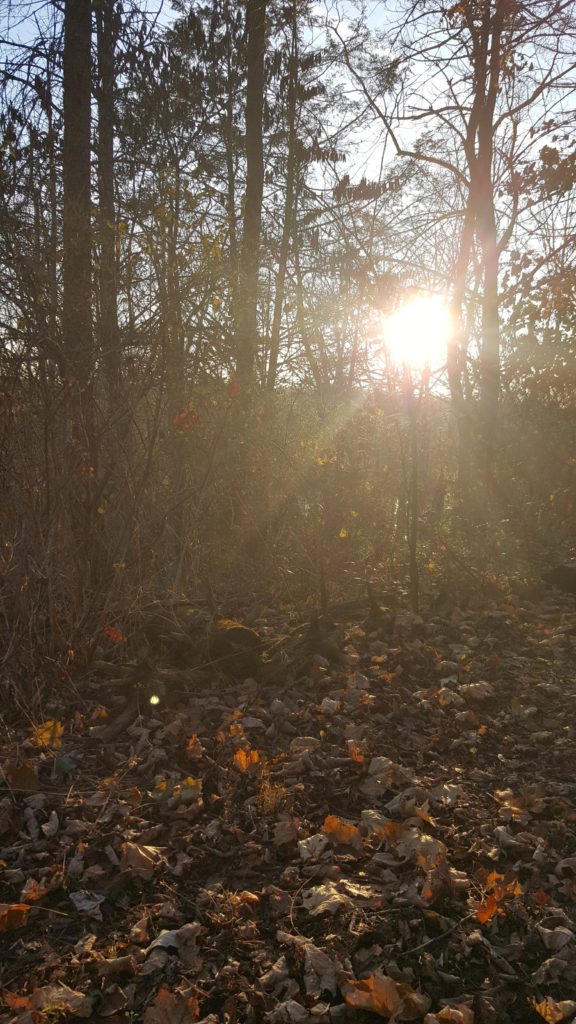I leave the house with time to spare, but that doesn’t stop me from anxiously refreshing the app on my phone that lets me know when the bus might arrive at my stop. The walk from my house to the bus stop is short, but I can’t help the constant checking. Until I am standing at the stop, I am sure that I will miss the bus’s arrival. (There was the one time I was running and caught it as it turned the corner, between two stops. I would not repeat that moment.)
The monitoring often begins when I first wake up in the morning. I usually have the option of taking one of several buses at varying times of the morning, and the times don’t change from week to week. Still, I’m checking and double-checking to figure out what time works best for my schedule.
The app, while helpful, is not always accurate. There have been times I’ve arrived at the stop, thinking I had five minutes or more to wait and the bus comes roaring around the bend a minute or two later. I’m not upset when the bus is early, although when the margin shrinks to minutes, I worry for the next time. What if the bus is early? What if I’m running late?
I worry, too, sometimes that the bus driver won’t see me standing there at the side of the road. If the lights that indicate the bus is stopping don’t flash soon enough, then I wave my hand to draw attention to myself. If the children are standing with me, my son waves his arms wildly to get the bus driver’s attention.
But the driver is trained to see. To watch for the waiting people. I notice this as we travel the route. From their position at the front of the bus, elevated above regular car and truck traffic, they can see from afar the people who might be waiting to catch the bus. They know where to look, when to slow down.
I’m watching, too, as the bus travels its path. I wait for the familiar buildings to come into view, then I pull the yellow cord to let the driver know I want to get off the bus. They pull over, open the doors, and my journey is complete–for now.
—
Before I started riding the bus regularly, I paid little to no attention to the buses around the city and the county. Maybe I would see them and maybe I would be annoyed when they stopped in front of me and I had to figure out how to get around them.
Now, though, I can imagine the people on the bus. I know to hang out in the left lane if there’s a bus ahead of me on the road because they travel in the right lane as much as possible. I recognize the signal that means they are about to stop. I can guess how long it takes for the waiting person to board and pay fare and be seated. I read the route numbers and the destinations. Sometimes I’ll point out “our” bus to the kids when we are traveling the same route. I have yet to learn any of the bus driver’s names. Maybe someday.
I see, too, the people waiting for the bus. I know they are waiting because I know the waiting. I see them sitting–grouped yet separate–sometimes sheltered from the cold, sometimes in the open air. Sometimes they stand by the side of the road. Or lean against a post. Maybe they sit in the grass or clasp the hand of a child.
Sometimes I pass the person waiting and farther up the road, I pass the bus, on its way to the next stop, and I smile.
It’s coming, I whisper. The wait is almost over and I can feel the relief.
—
It is Advent now, a season it seems I am still learning to celebrate. It is not enough for me that it is a countdown to Christmas. It is a season rich with meaning on its own.
When I think of Advent, I think of the waiting. Advent feels a bit like showing up at the bus stop at the appointed time, like knowing something is coming around the bend, even if I can’t see it, even if I can’t be certain. It is sometimes like noticing fellow travelers by the side of the road, then seeing the bus coming in the distance, and announcing the good news: It’s coming.
Sometimes the “it” is not as obvious as the bus, though.
Christmas is coming. Jesus has come. He is coming again.
These are the things I know about this season yet I’m still unsure what it is I’m waiting for.
At a retreat a couple of weekends ago, I was asked to ponder what it was I wanted Advent to be and, conversely, what I didn’t want it to be. It had not occurred to me that I could choose a rhythm, a goal, for this season. The time between Thanksgiving and Christmas always feels full of obligation and, at the same time, lacking. Not enough time. Not enough money. Not enough of me to go around.
 So I knew almost without thinking that I wanted this Advent to be about intention and purpose and not about what other people wanted. Saying those things out loud gave me strength. I could choose.
So I knew almost without thinking that I wanted this Advent to be about intention and purpose and not about what other people wanted. Saying those things out loud gave me strength. I could choose.
During our solitude time, we were invited to ponder an image, a phrase or a word that would represent our longings for Advent. I sat near the water–a large creek or a small river, I’m not sure–and wondered if that was my illustration. I am a glutton for water. If there is a body of it nearby, I have to see it up close, though I seldom get in it.
I read a Psalm and the words settled on me.
You open wide your hand …
I thought about the feelings I had of not enough and how an open hand says the opposite.
An open hand …
invites,
gives,
releases,
receives,
accepts,
allows.
It is not a natural act. It requires intention.
Since then I’ve been trying to keep that image of open hands at the forefront. I’ve read the words more than once and been challenged to sit, literally, with palms open.
—
“What are you waiting for?”
A devotional writer asked this while posing this posture of open palms.
I don’t know if I know what I’m waiting for. A phrase from the retreat keeps running through my mind: Advent is a time when we wait for what we’ve already been given. Maybe that’s what I’m waiting for–what I already have.
I could easily forget to keep my hands open. I could easily forget to wait. So, I’m going to have to do the hard work of remembering. This tree makes it a little bit easier. It is a gift, the result of an unexpected kindness. God opened his hand and so have other people.
I want to live like that, too.
Watching. Waiting. With open hands.



